Every window – architectural or electronic – is a gateway to adventure, inquiry, fantasy, storytelling, self-discovery and learning. In strategic planning, creative development and marketing, give thought to how your audience can be transported by a window, not transfixed by a screen.@DavidKleemanKindergarten is a magical world of learning, play, and adventure. When I began my journey as an early childhood educator, it was with a strong belief in hands-on experiences that would allow the children in our class to develop a sense of self, a sense of the world, and an enthusiasm for discovery. In the beginning this was through lots of in class experiences, and I was proud of the world I had created within the walls of our classroom.
Fast-forward 18 years, and the magic of Kindergarten remains, but the world around us has changed. Changing times require us as educators to constantly reassess how we approach learning and teaching. How can we remain true to our philosophy of child-development, yet remain flexible in our thinking and our approaches to education? It was this question that brought me to Bank Street College in NYC to explore Digital Technologies and the Early Childhood Environment.
Knowing that I was surrounded by educators who share the same progressive beliefs in young children and their education, I began the journey. Although I did not know exactly what was in store, I knew I was in a supportive space in which I could question, explore, and push the limits of conventional teaching and learning. Little did I know how the rich journey that I was about to experience would change the way I learn, teach, and interact with the world.
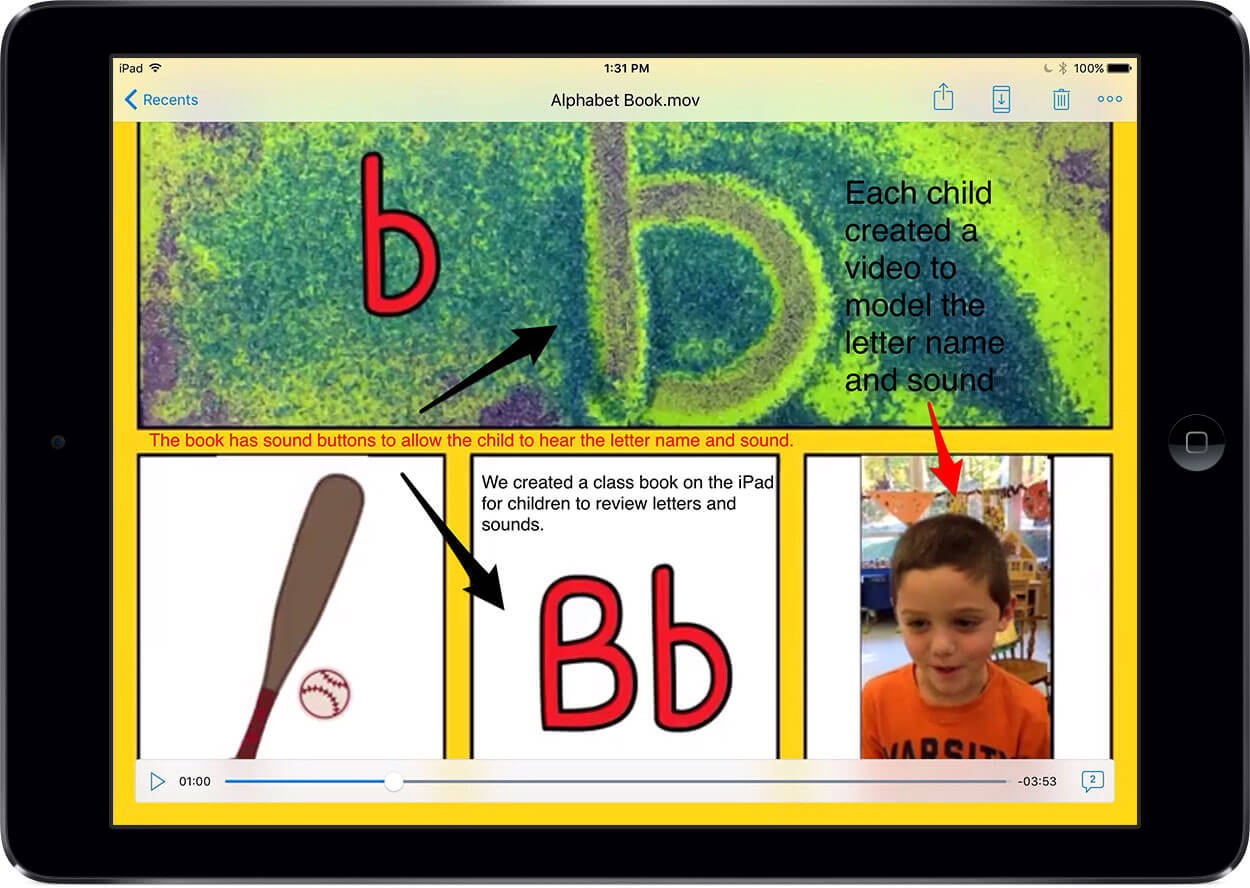
Windows and mirrors
Among the first approaches to our study came this question: How can we use technology as both a window and a mirror for teaching and learning with young children? This has become the defining factor for how I approach technology within our Kindergarten classroom. In order to decide whether a tool will elevate learning, it must fit into at least one of these categories.
Mirrors allow us opportunity for reflection and independence. They show who we are, and allow us to deepen our thinking by looking carefully at our experiences and our growth.
Windows allow us to see beyond ourselves, connect with our world, and grow in ways that would have otherwise been limited or even impossible.
Enter Book Creator – one of the ultimate technology tools for providing mirror and window learning experiences. In this post I will highlight several Book Creator experiences, and how they have impacted our classroom approach to learning and teaching.
Like many progressive early childhood spaces, our classroom philosophy embraces choice and independence. The challenge for young children is in finding that independence when concepts are still in their emergent stages.
As part of our balanced literacy curriculum, we focus on multi-sensory experiences for building alphabet knowledge. In order to foster small group and individual instruction, we are always looking for ways to help children become independent in their learning. 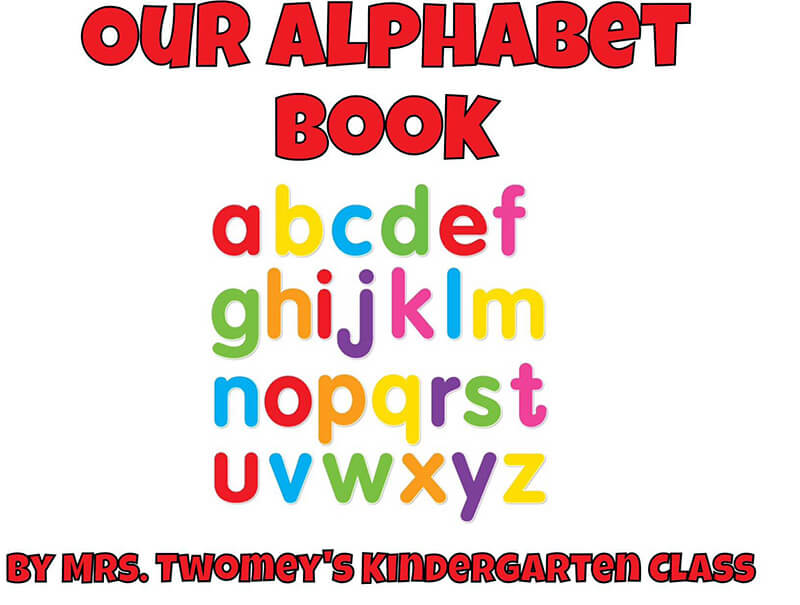
For this project, the children and I created an alphabet book using Book Creator that models letter/sound correspondence.
Using this meaningful and personal book, children use real sand trays alongside the iPad to practice forming letters and pronouncing their corresponding sounds out loud.
Incorporating technology with organic early childhood materials has allowed them to see themselves as independent learners from the very beginning of their school experience.
Here are some other ways we have used Book Creator as a mirror for our learning and understanding.
As a window, Book Creator has allowed us to make connections across our district and across the world. This first project began as an exploration between our class and a first grade class in the Netherlands led by amazing educator Johanna Moeliker, whom I met through the Bank Street program.
She began by sharing a Book Creator piece written by the children in the Netherlands. She shared it via Dropbox, so we could open it in Book Creator on our Kindergarten iPads. After sharing the book on the SmartBoard, we were able to answer their questions and add to the book. Book Creator was our “handshake” activity to begin our classroom connection. The book was placed on iPads in the Netherlands and in America to be enjoyed by children again and again.

Although there were many academic advantages to this experience, what surprised us most was something unexpected. The impact on understanding, empathy, sense of self, and sense of the surrounding world was astounding.
This was the first of several projects we created together, and the deep bond between children, classes, and teachers grew each time we collaborated. My children would look at the clock as they arrived at school and say, “Our friends in the Netherlands have finished their day and are going home. I wonder what they learned today? Will we get to see them?”
They knew they would often be greeted with a communication or shared project that would connect our learning to theirs, even when they were in different time zones. Their sense of the world from a global perspective was shaping the perception of the world in these 5 and 6 year old minds.
We are always seeking to learn about the world around us, even when we cannot visit there during the school day. As a part of our farm unit, the children and I created this virtual shared field trip for children in the Netherlands. What was a local farm to us, was an amazing adventure for children across the ocean. This paved the way for rich discussions about the differences in farms around the world.

Androidify project
This second project is a cross district collaboration between a 6th grade social studies class and our Kindergarten class.
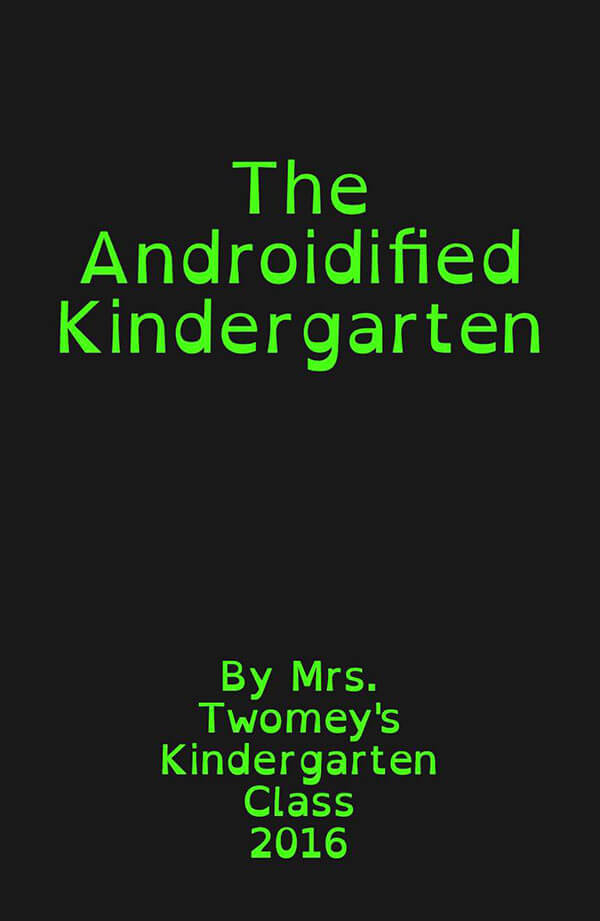 We have a year long theme to explore the ways in which the development of communication and literacy have both changed over time and civilization, and develop within the individual.
We have a year long theme to explore the ways in which the development of communication and literacy have both changed over time and civilization, and develop within the individual.
Using the Android campaign “be together. not the same” we had our classes ‘meet’ by creating Androids. The 6th graders used the Androidify website, while the Kindergartners created their own Androids out of paper.
We took photos of them and added them to Chatterkid to make them talk. All photos were then placed into Book Creator and posted on our blog to introduce ourselves to our 6th grade buddies.
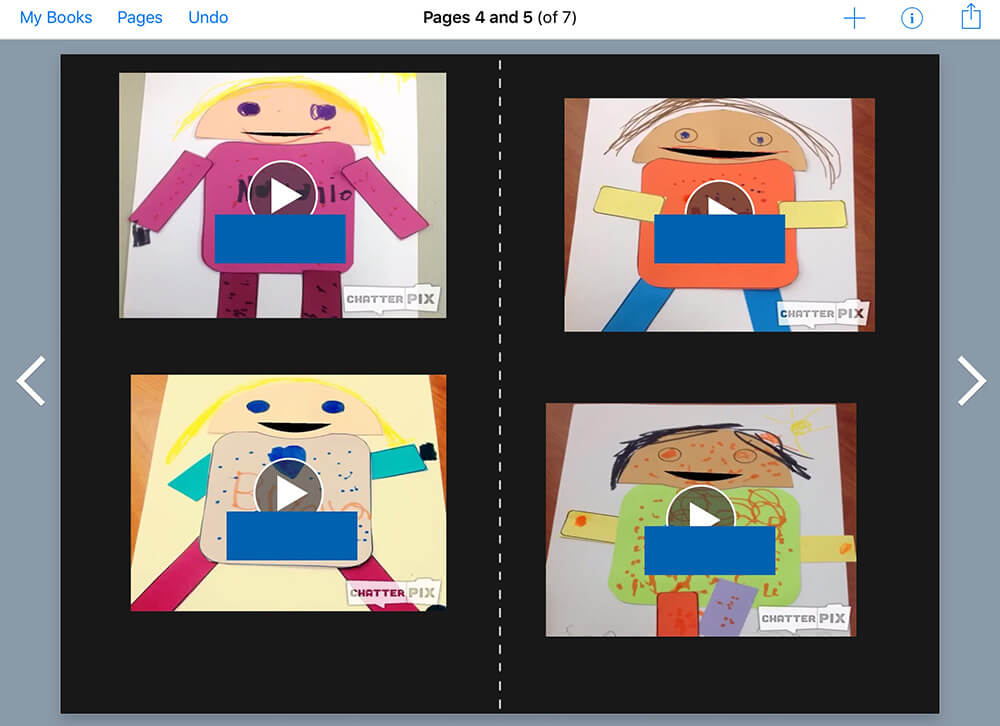
We are lucky to live in a time in which we have so many resources at our disposal to support the learning of young children.
Our challenge and our responsibility as educators, however is more critical than ever. Each of us, individually and collectively, must continually re-examine our philosophy of learning and teaching.
If the goal of an early childhood classroom is to create a space in which children can safely explore and experience the world, what does this mean for children of the 21st century? Mirrors and windows give us a clear guideline for determining the quality of the activities and tools we use to support learning and development through technology.
Book Creator gives early childhood educators options beyond what we could have once imagined. It is a mirror for both everyday and special moments, and a window for what is beyond our daily experiences. It is a tool that is transforming the way young children see and feel about themselves and the surrounding world.
Jessica is a wife, mother of four, and classroom teacher in the Washington Township School District in Long Valley, New Jersey. As a Kindergarten teacher, she focuses on exploring creative uses of technology to approach academics, play-based learning, and development.


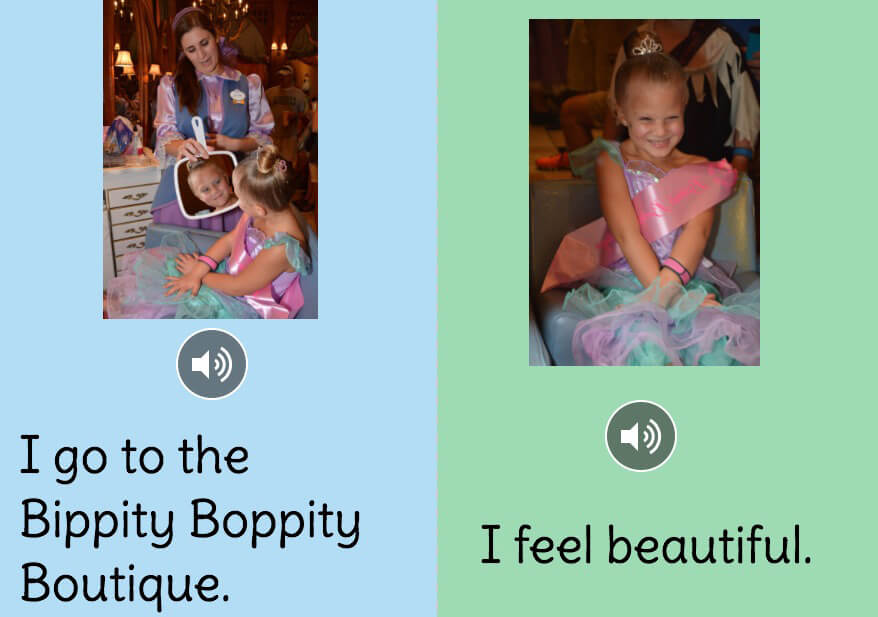

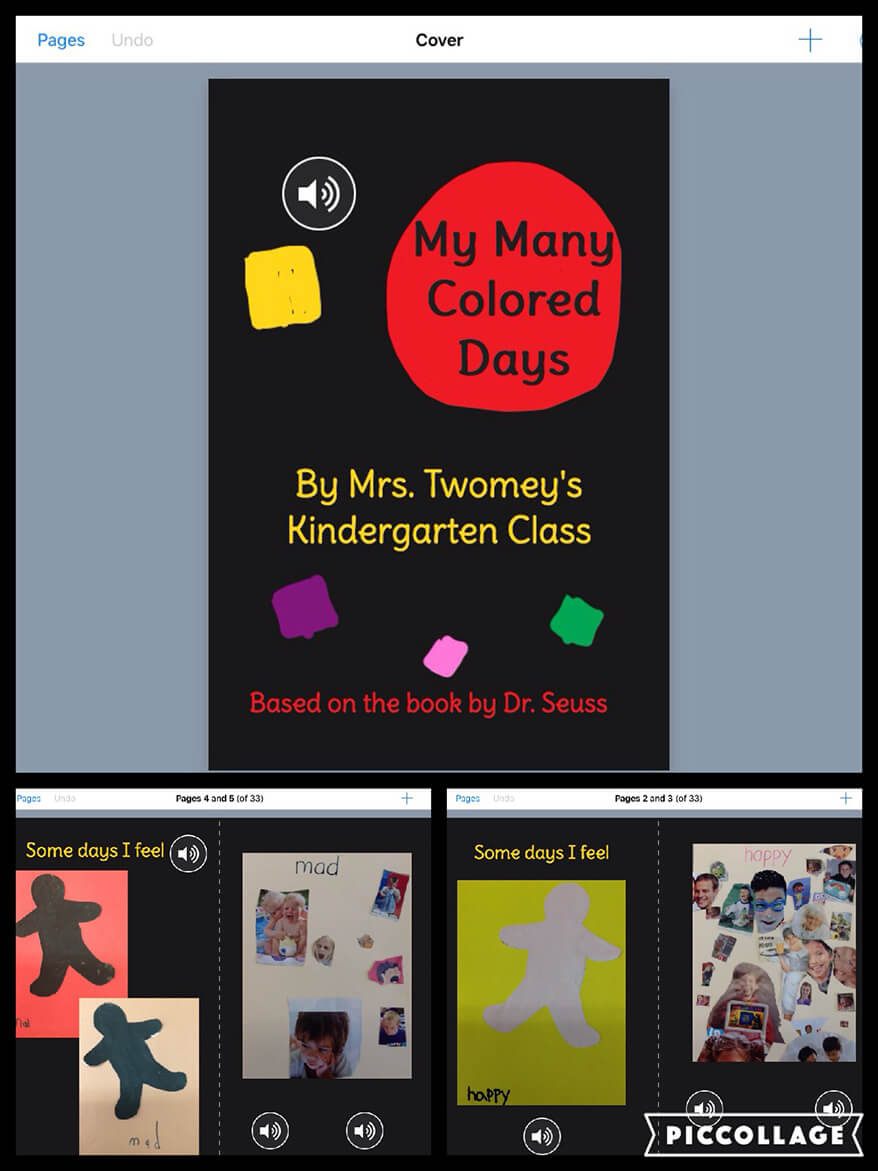
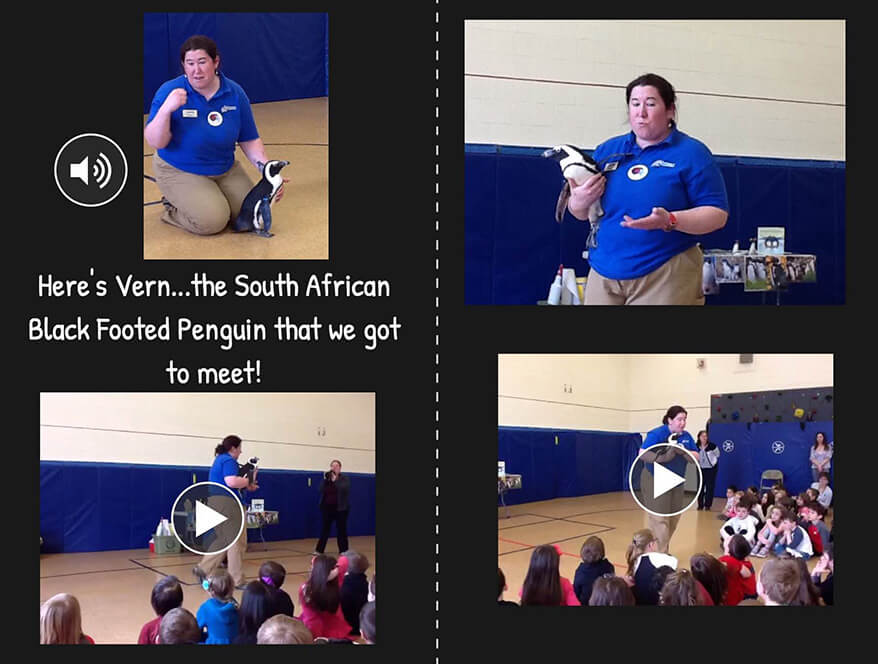
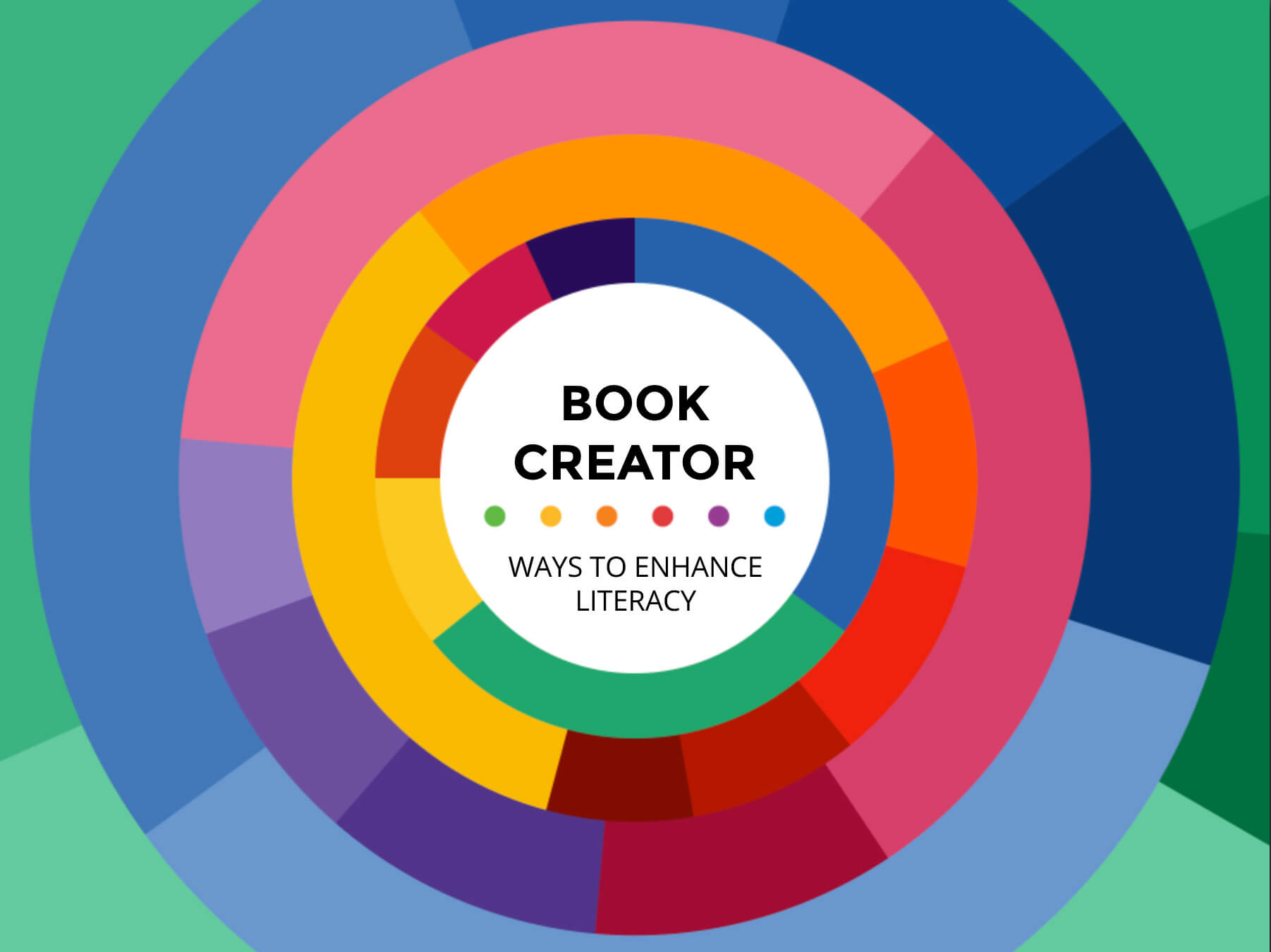

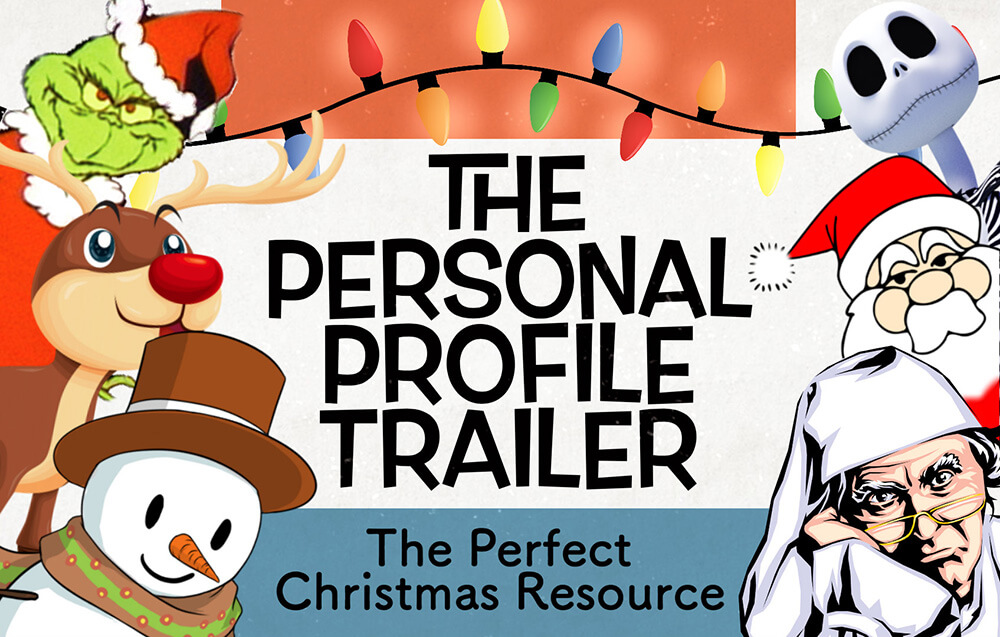
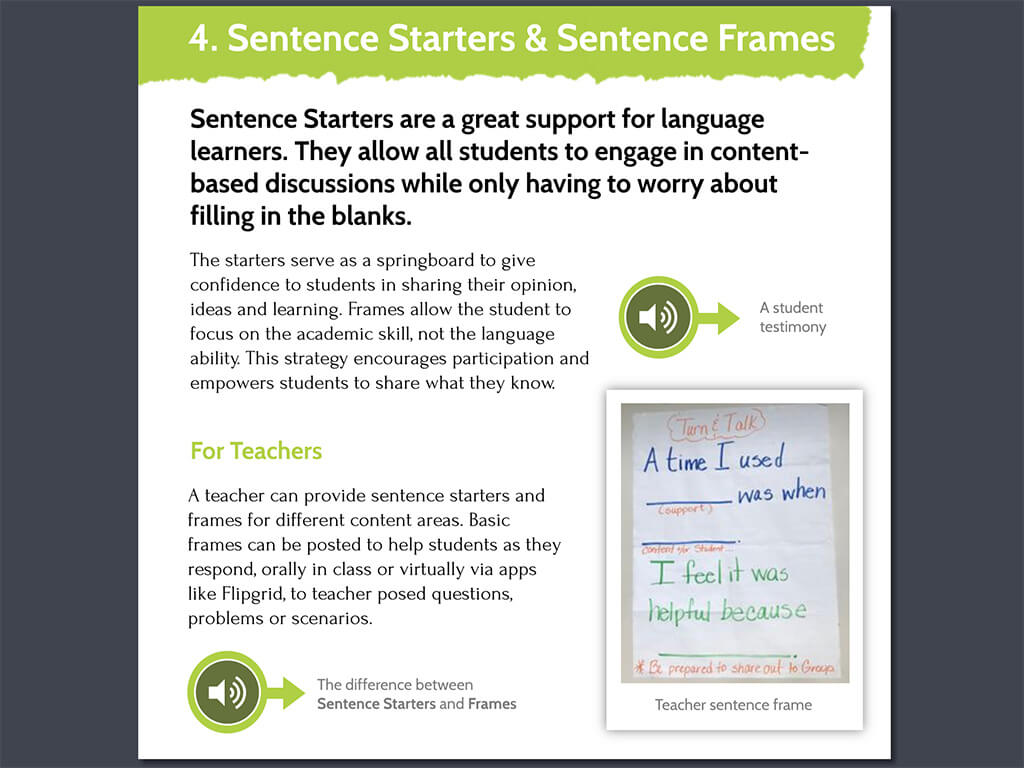
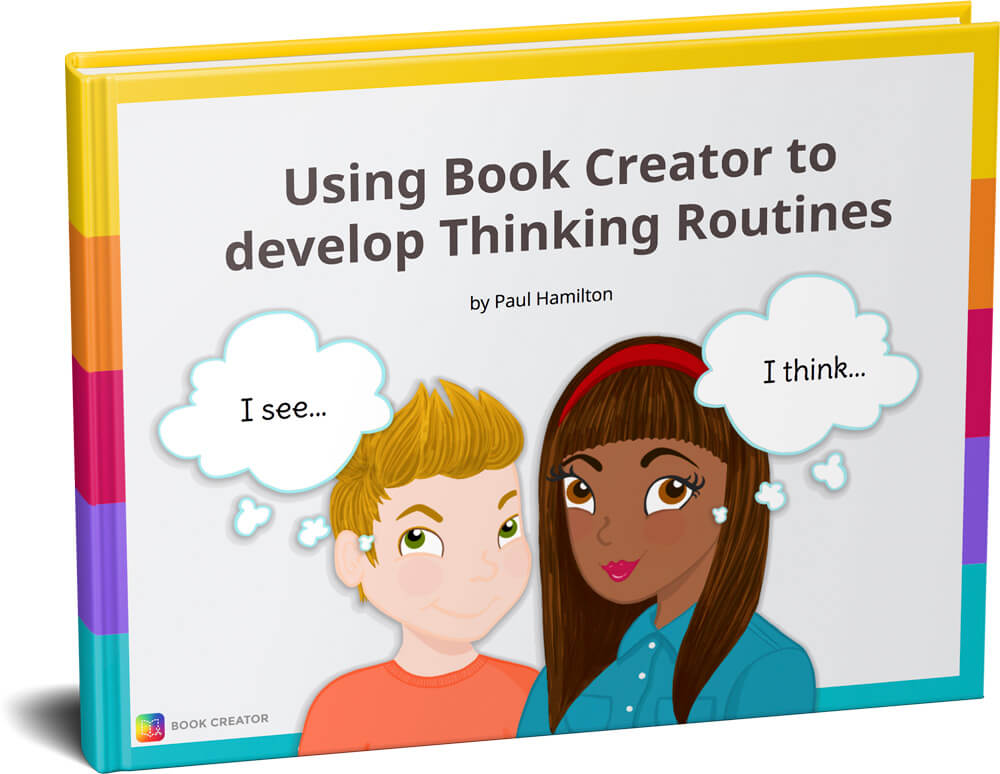


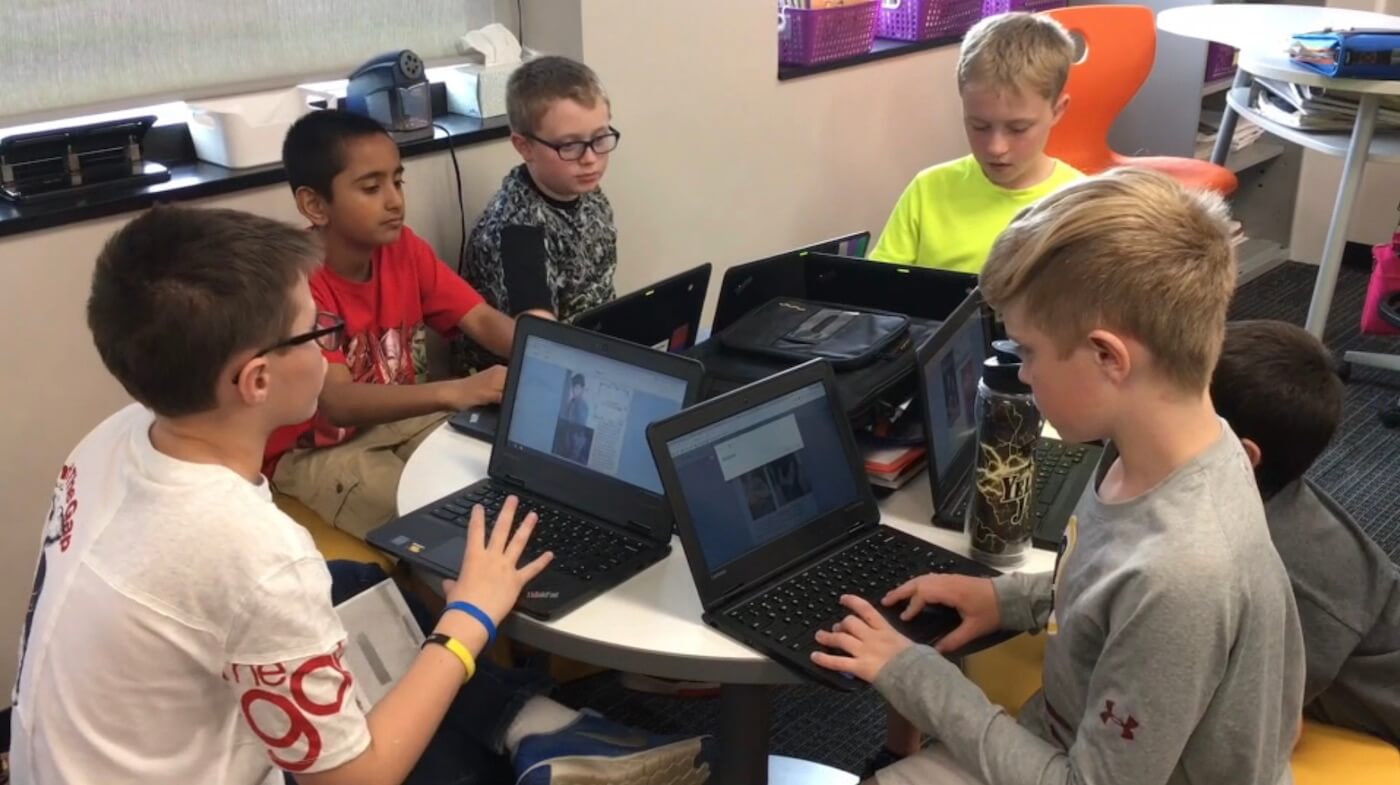
2 Comments on “Learning through Windows and Mirrors: the role of Book Creator in Early Childhood”
Thank you so much! I love how thoughtful and positive you are when using technology resources focused through the lenses of an early childhood educator! I am still trying to find ways to include the “magic” and energy that I feel five and six year old children deserve from lessons when they are delivered via the internet, but Book Creator seems promising:) The analogy about mirrors and windows was clever and inspiring. I am using the ABC template now as part of my kindergarten lessons for our district’s Love of Reading Celebration!
Sincerely,
Teresa Browne
I would like to create books for children so that they enjoy learning.